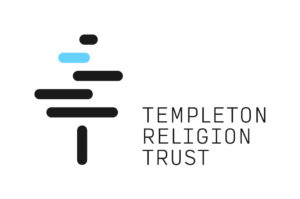About
Art as Revelation (AaR) joins three research trajectories in aesthetic cognition: an innovative theoretical account, a program of empirical research, and a world-class research cluster.
Our theoretical account of aesthetic cognition builds on previous projects, including Text & Image and Mapping the Imagination. In those projects, we investigated the communicative dynamics between the artist and viewer. Findings from these projects converge on the question,
What forms of significance do viewers expect from artworks, given that such experiences do not constitute ordinary, everyday communication?
AaR’s guiding hypothesis is that one prominent type of significance which viewers of art seek is ‘revelatory significance’. In short, beholders of art – particularly religious art – look for revelation.
Putting our hypothesis to the test, AaR is pursuing a rigorous program of empirical research. The research program will employ the ‘predictive processing’ model as a chief explanatory framework. On this model of perception and cognition, as a viewer experiences an artwork, he or she actively updates his or her schema of the artwork, and of the world. Works of art, we hypothesize, can prompt dramatic schematic updates. Such gestalt shifts can yield greater perceived communication on the artist-view axis, and also on the artist-object (viz., divine)-viewer axis. . Through a series of empirical studies employing predictive processing, we investigate the viewer’s experience (or perceived experience) of art as revelatory.
Surrounding our theoretical and empirical work is a world-class research cluster. AaR brings together cognitive psychologists, theologians, aestheticians, and scholars from other fields to support and advance its theoretical account and empirical findings. The focal point of this scholarly community is the ongoing interdisciplinary research seminar series, Art in Conversation.
This project is funded by the Templeton Religion Trust.

